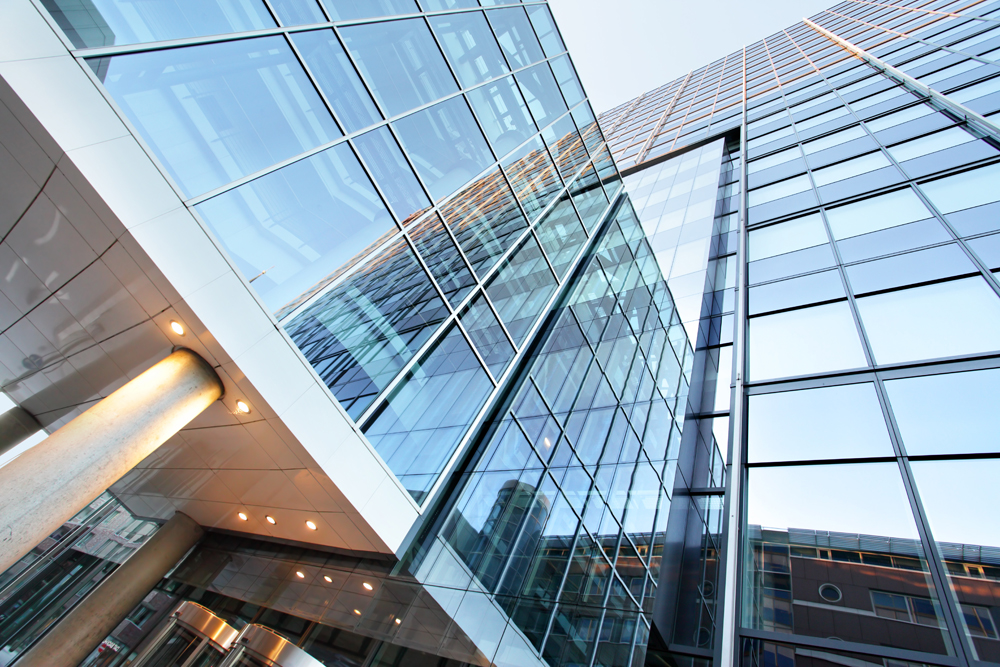Source: CoStar
By: Randyl Drummer
Link: Office Market 2020
Office completions are expected to peak this year and begin trending lower amid signs of a slowdown in U.S. office demand, a declining working-age population and an extended economic recovery entering the late stages.

That slowdown in construction is a good thing for office investors as it should keep supply in check and help extend the stable growth seen in office rents and sale prices.
Total office space under construction fell 7% in the first quarter of 2018 to 141 million square feet, down from 152 million square feet during the first quarter a year ago. The drop in construction occurred even as the national office occupancy rate continued to cruise in the first three months of the year at just under 90 percent, according to data presented at CoStar’s First-Quarter 2018 U.S. Office Review and Forecast.
“It’s been a remarkable cycle, especially lately, with very little movement in occupancy over the past year,” said CoStar Managing Consultant Paul Leonard, who presented the first-quarter office market analysis along with CoStar Portfolio Strategy Managing Director Hans Nordby.
With demand largely in check with supply in most metros, the national office market remains in a period of stability, Leonard said. While, annual rent growth has fallen well below the market peak of 5.6 percent, average office rents continue to increase at a healthy 2.1 percent clip.
“We’re expecting very little rise in vacancy over the next few years, maybe one or two tenths of a percentage point through 2019,” added Leonard. “That’s why we’re continuing to see good rent growth even though demand growth is beginning to slow.”
While new construction is trending lower, office deliveries are expected to peak in 2018 as several large build-to-suit projects, such as Apple’s mega campus in Cupertino, CA, reach completion. Office construction levels are expected to slow considerably in 2019 and 2020, Leonard added.
“Construction starts are down year-over-year and have been basically flat for two years,” Leonard said. “Uncertainty in the remaining length of the cycle, coupled with diminished rent growth, will give enough developers pause, slowing the supply trend overall.”
Despite the decrease in office construction activity, the level of speculative construction, which involves new development without a tenant commitment, is continuing to ramp up.
This is partly due to several high-profile built-to-suit projects reaching completion, resulting in a slow increase over the past year in the amount of space available for lease as a percentage of total office space under construction, Leonard said.
While the increase in speculative activity bears watching and certain markets, such as San Francisco, continue to see elevated office construction levels, the decline in new construction activity overall is good news for the market, Nordby said.
“The total amount of office space which is under construction is trending downward before the market hits the wall,” Nordby added.
